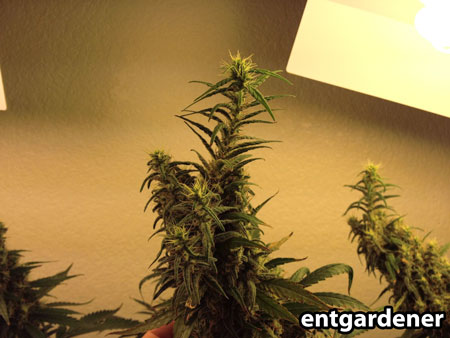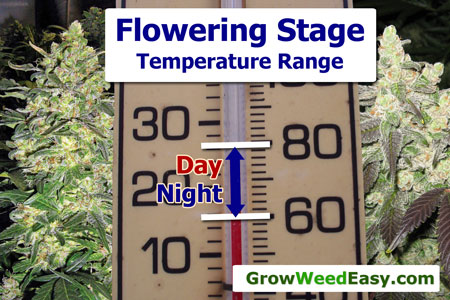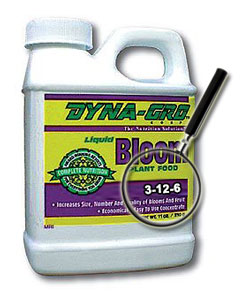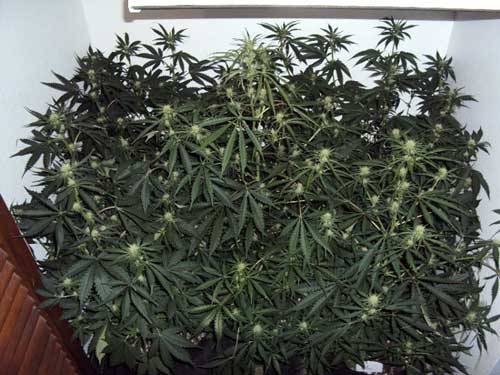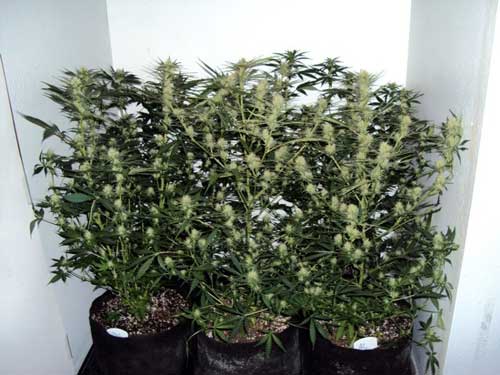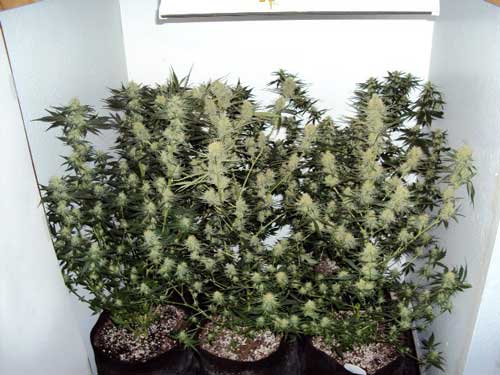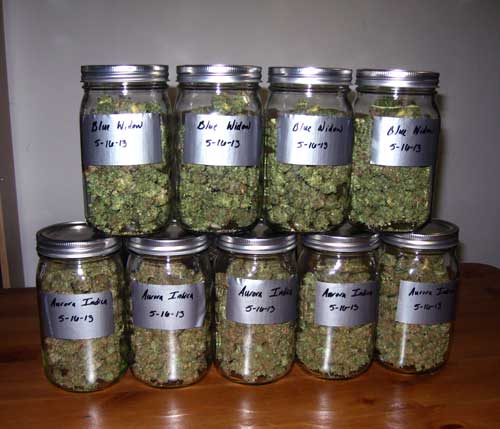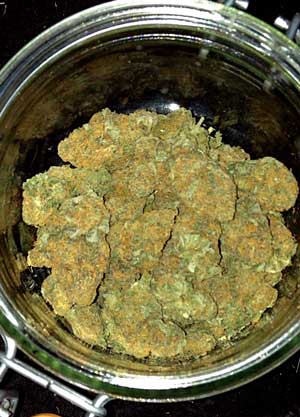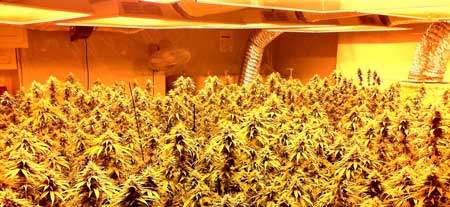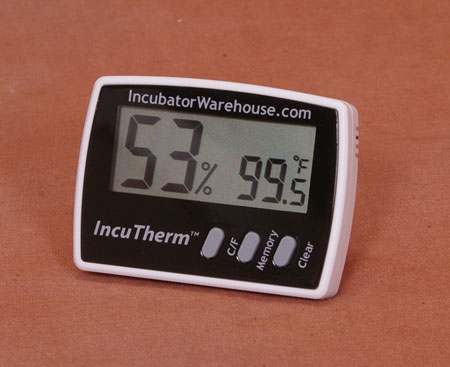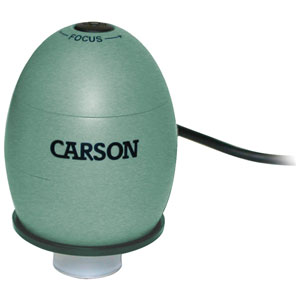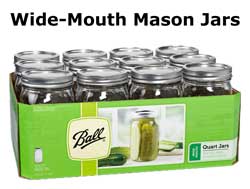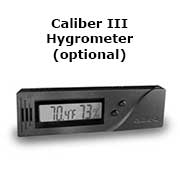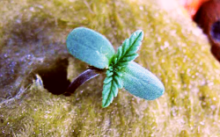You are hereWhat makes dense buds?
What makes dense buds?
by Nebula Haze
No More Small, Airy Buds!
Grow Fat, Dense Buds!
Top 5 Reasons for Airy Buds
-
Light - Not enough light is the most common reason buds don’t develop as dense as they could. On the flip side, too-bright light (or buds being too close to grow lights) can also cause buds to develop poorly and/or produce airy fox-tails.
-
Temperature - Cannabis wants the temperature just right for optimal bud growth. Too-hot or too-cold temps can cause buds to grow airy.
-
Nutrients - Buds won’t fatten and get dense if the nutrients aren’t right. For example giving too much nitrogen in the flowering stage results in airy buds, but that's not the only thing. Other nutrient problems can be caused by incorrect pH, not giving enough nutrients, giving too much nutrients, or giving the plant the wrong kind of nutrients for the flowering stage.
-
Airflow - Poor airflow around buds will prevent those buds from developing as dense as they could. In the wild cannabis is a wind-pollinated plant, so it only spends energy growing and fattening buds that are exposed to fresh air and a breeze.
-
Roots - Under-watering, overwatering, and/or root problems (such as root rot or a too-small container) will hurt yields and prevent buds from getting as dense as they could be since the plant isn’t able to run at peak efficiency.
How to Get Dense Cannabis Buds Every Time
1.) Start with a strain that tends to grow dense buds
Genetics will play a huge role in how your cannabis plants grow, including the appearance, smell and taste of their buds.
Indica-dominant strains tend to produce more dense buds, but not always. The indica-leaning buds pictured to the right are incredibly dense, but the majority of strains could never achieve this density no matter what you do as a grower.
Some sativa-leaning strains tend to produce less dense buds, but also provide a cerebral “daytime” effect that many growers love. Sativa-dominant strains can still be high-yielding so you may end up with very long buds as opposed to small thick nuggets like with some indica-leaning strains.
Seeing different grows featuring a strain will help give you an idea of what the buds of that particular strain tend to look like.
Important! There are sometimes different versions of strains by different breeders. You can often find several versions of very popular strains, and each version can grow wildly different from each other and which produce different results.
"White Widow" from one breeder may be completely different that "White Widow" by another breeder. So when researching strains, always pay attention to the breeder in addition to the strain name. Learn about some trusted breeders.
How to research a strain - some ideas from how I do it
-
Make a list of a few possible strains to grow - If you don't already have an idea about which strain you want to grow, it helps to start by narrowing down your list of possible strains. When I'm researching for a new grow, I usually start with a big seed bank,since they give you lots of helpful information about each strains. These big seed sources usually have a "strain selector" option that lets you put in the specific features you're looking for and get a list of results. I use Seedsman because they only carry seeds by trusted breeders.
-
Search for a grow journal with pictures of your strain during the grow process - Type "STRAIN-NAME grow" into Google.com and look at the regular results plus the Google image results. When looking at image results, it's important to click through to the page instead of just looking at the image so you can learn more. These steps may give you good leads toward finding a grow journal featuring your strain, but not always. Remember to also pay attention to which breeder the grower got their strain from.
-
Search for the strain name in Youtube - you may possibly find people who may have grown the strain and documented their grow with video. Video is a great way to give you an idea of your strain might look like in the flowering stage, and lots of growers post full video grow journals on Youtube. Again, also pay attention to the strain breeder.
-
Seedfinder - I like the site http://en.seedfinder.eu/ for strain research. It is one of the best ways to find out the genealogy and ancestry of a strain by a particular breeder. It has growing reviews and pictures for some strains which is really helpful, but that can be hit or miss since many strains are missing any type of grower feedback. Some of the reviews are in German or other languages. You can translate almost any language into English by copying and pasting it here: https://translate.google.com/
One last thing to keep in mind... Looks are important to many growers, and looks are part of the whole experience when using cannabis.
...But when it comes down to choosing the strain, I recommend to first choose strains that produce the effects you like as opposed to thinking only about density or looks. Some strains may not produce buds that look as dense as what you see in magazines and online, but will give you exactly the effects you are looking for.
2.) Provide the right amount of light (and the right kind of light)
Bright but not too bright. When new growers have problems with light, it's usually either that their grow is seriously under-powered or over-powered with light. A few small CFLs is underpowered; a huge HPS light in a tiny space is overpowered.
Which cannabis grow light should I get?
The next most common reason growers have trouble with grow lights is they keep their lights too close or too far away from their plants.
How far away to keep different types of lighting...
-
MH/HPS - learn how far away MH/HPS grow lights should be from your plants
-
Fluorescents and CFLs - keep as close as possible without hurting your plants with heat. If cool enough, these can be kept just inches away from plants. Make sure all parts of the plants are within a few inches of a fluorescent bulb for the densest buds
-
LED grow lights - consult the manufacturer to understand how far away these should be from your plants - every model is different. What works for one LED grow light may not work for a different LED grow light.
-
Outdoor growers should try to ensure that plants get 8+ hours of direct sunlight every day, but you may want to protect plants with a screen on scorching hot days.
Color spectrum - yellow/orange/red light (like from HPS bulbs or "soft white" colored CFLs/fluorescents) tend to produce the densest buds. Their color mimics the reddish light from the autumn sun. However bright light in any spectrum will produce good bud as long as you're using cannabis grow lights and there's enough brightness. Many growers use Metal Halide or other more "blue" colored lights for the flowering stage, and still produce good results. Some growers even prefer these lights for budding.
Yet HPS grow lights are hands-down the most popular grow light for the flowering stage, with good reason. They are one of the most efficient grow lights available today (as far as electricity used for density/yields produced - even more efficient than most LED grow lights), they're cheap to start with, they're just the right color spectrum for optimal flowering, and they're more standardized and intuitive to use than many other types of grow lights. Learn more about finding the right size HPS for your space
No matter which grow lights you're using...
-
Make sure you've created good reflection pointing towards your plants so as little light as possible gets "lost"
-
Keep lights as close to the top of your canopy without increasing heat to unsuitable levels or light-burning plants. It's important to understand how close your grow lights should be for optimum growth.
-
Make sure that all parts of the plant (and especially bud sites) are bathed in bright light - any buds in a shadowy part of the plant won’t get big and dense.
3.) Control temperature
While it isn't always possible to control temperature, there's a lot you can do (especially indoors) to keep temps at the optimum levels for bud development. Choosing a suitable strain for your growing environment will also make a big difference.
Cannabis like temps around 65-80°F (18-26°C) in the flowering stage for best development.
-
Indica-leaning strains are better at handling cold
-
Sativa or equatorial strains are better at handling heat
Too much heat triggers heat burn, airy buds, fox-tailing and also reduces potency and smell, especially for indica-leaning strains which are less resistant to heat.
Fox-tailing caused by heat - the entire bud is larfy and airy
Too much heat causes thin buds and strange growth patterns
Too-cold temps (especially during first 6 weeks of flowering) can also cause airy buds that don't ever fatten up and grow dense.
Cold temps can also keep buds from developing, like this outdoor plant grown in a cold climate
Cold temps can also cause leaves and stems to turn purple. Purple leaves, especially ones that are purpled too early in the flowering process, can prevent the plant from being able to properly photosynthesis and make as much energy from light as if they leaves had stayed green.
Although indica-leaning strains tend to be more cold-resistant and sativa-leaning strains tend to be more heat-resistant, almost all strains available today are some sort of hybrid. Instead of relying just on a strain's classification as Indica or Sativa, it's important to learn about the particular strain and how it reacts to heat and cold.
4.) Nutrients
Give your plants the right ratios of cannabis nutrients during the flowering stage. Not only does this help you avoid nutrient deficiencies, it also gives your plant the building blocks needed to make buds.
PH is also important when it comes to nutrient absorption. Manage pH properly to make sure that plant has easy access to nutrients at the roots.
Which nutrients? In the budding stage, make sure to provide a little Nitrogen, a lot of Potassium, and a good source of Phosphorus.
Best for cannabis flowering stage:
-
A little Nitrogen (N)
-
A lot of Potassium (K)
-
A good source of Phosphorus (P)
It's important to avoid giving too much N while plants are budding, as too much nitrogen prevents proper bud formation and results in lower yields and airy buds. This means you should not use your vegetative nutrients (which are high in N) during the flowering stage!
Nutrient bottles list their nutrient levels with 3 numbers. These numbers stand for N-P-K levels. In the flowering stage, avoid giving plants too much Nitrogen (N) but make sure plants get a good source of Potassium (K) and Phosphorus (P).
Dyna-Gro "Bloom" plant food, shown below, is an example of a flowering formula that has good ratios of N-P-K for the cannabis flowering stage. These ratios aren't set in stone, but it should give you a good general idea. Any quality cannabis nutrients designed for the flowering are formulated to give your plants exactly what's needed to produce buds.
You can take out pretty much all of the guesswork of nutrient ratios by using a cannabis-friendly “bloom” nutrient formula during the flowering stage.
In fact, most of the best cannabis-friendly nutrient systems actually use more than one bottle for each stage of growth, and growers follow a special "schedule" or recipe which says exactly how much to use from each bottle at each stage of life. This lets growers fine-tune the nutrients needed by cannabis plants on a week-by-week basis, instead of using just one bottle for the whole flowering stage.
For those not using nutrients, starting with properly amended super soil is the best way make sure plants get access to the nutrients they need at the right time.
Learn more about cannabis nutrients
5.) Expose all buds to both light and a gentle breeze
Buds that are exposed to both bright light and airflow will grow more dense and weighty. Buds hidden in the plant (without access to much airflow or light) stay airy and tend to never fatten up or become dense. In fact, buds sitting in stagnant, non-moving air often stop developing completely.
Let me show you how much a difference it makes to expose buds to bright light and air. This example used defoliation. Defoliation means removing leaves, and is an advanced technique that is not suitable for beginners. Defoliation should only be used on very leafy, healthy plants that are under bright lights.
But similar results can be obtained much more safely simply by tucking leaves to expose bud sites.
Here's a leafy, healthy plant which is being grown under bright grow lights - notice how many bud sites are hidden in the middle of the plant. You cant even see them all!
Here's the plant immediately after tucking and removing leaves - notice that the buds are now much more exposed to air
Just 4 days later, look at the incredible bud growth
Only 4 Days After That (after another defoliation session)
This may happen because cannabis plants are wind-pollinated in nature. Buds that aren't exposed to air can never be pollinated in the wild, so the plants "give up" on them. Yet when buds are exposed to light and air, the plant "knows" they can possibly be pollinated by the wind and so the plant puts energy toward fattening them up.
Hidden buds don't fatten up, so expose your buds to a gentle breeze!
6.) Take care of roots
 Good root health will make plants grow faster and produce bigger yields.
Good root health will make plants grow faster and produce bigger yields.
When the roots aren't happy, the plant can't properly get water or use nutrients. As a result of unhappy roots, leaves may show signs of drooping or nutrient deficiencies, and buds stop developing.
So it's important to water plants properly and take good care of roots for dense buds.
Roots "breathe" oxygen, so good root health involves giving just the right amount of water while maximizing the amount of oxygen available to the roots with air pockets.
In a hydroponic setup, it's even more important to provide a great source of oxygen at the roots (for example by using an air pump with air stone). As long as roots always stay moist and can get nutrients, giving more oxygen to the roots results in faster growth and bigger yields.
7.) Control humidity
Keep humidity under 45% in the flowering stage to prevent mold from forming in the middle of dense buds. Lower humidity also helps buds produce more trichomes/resin, smell/taste and may even increase potency.
Indoor growers have a lot of options for controlling humidity in the grow space.
Outdoors, it's best to find a strain that is suitable to growing in your climate, and give plants cover when you know there's going to be bad weather coming soon. Protect plants from wind in dry weather. Protect buds from getting too wet in rainy weather.
8.) Supplements
Before thinking about supplements, it's most important to making sure you're first providing the right base nutrients. Without proper base nutrients, your plant simply won't grow or produce buds no matter what supplements you provide. So get your base nutrients right first.
Some cannabis supplements claim to increase yields. Generally these supplements contain a source of sugar. They also often contain ingredients such as amino acids and other additives which may be helpful to bud formation.
As a cheap alternative to expensive supplements, some growers water plants with a small amount of blackstrap molasses for the last few weeks or so to help buds get bigger (and give a better taste/smell).
The jury is still out and which is the most effective supplement, but many growers are happy with yield-increasing supplements.
I personally don't use these types of supplements so I can't recommend a particular one, but some popular cannabis supplements for increasing yields include...
-
Floralicious Plus (by General Hydroponics)
-
Diamond Black (by General Organics)
-
Big Bud (by Advanced Nutrients)
9.) Harvest at the right time
When you harvest at the right time, you're giving your buds the time they need to develop to their fullest. Harvesting too early will lower your yields and you'll usually end up with more airy and less developed buds.
These buds were harvested at the right time, giving them the chance to fatten up as much as possible.
10.) Drying & curing
Proper drying and curing after harvest can help buds become slightly more dense, while also adding to better taste, smell, potency and bag appeal.
A proper dry/cure can help "tighten up" buds
In the end, density is definitely not the only thing to consider when deciding the quality of buds. There can be times when buds are too dense (which increases the chances of mold and bud rot) and there are also several strains that produce less dense buds which have amazing effects.
1.) Start with a strain that tends to grow dense buds
Start with the right strain to grow buds the way you want. Some strains won't grow tight, dense buds no matter what you do.
Indica-leaning strains tend to have more dense buds, but it's a good idea to always research a strain before growing it.
2.) Provide the right amount of light
Not enough light is the most common reason buds don’t develop as dense as they could. On the flip side, too-bright light (or buds being too close to grow lights) can also cause buds to develop poorly and/or produce airy fox-tails.
3.) Control temperature
Cannabis wants the temperature just right for optimal bud growth. Too-hot or too-cold temps can cause buds to grow airy.
Start with a thermometer! (this one also measures humidity)
Cannabis like temps around 65-80°F (18-26°C) in the flowering stage for best development.
-
Indica-leaning strains are better and handling cold
-
Sativa or equatorial strains are better at handling heat
Learn how to control temperature in the grow room
4.) Nutrients
Buds won’t fatten and get dense if the base nutrients aren’t right. Nutrient problems can be caused by incorrect pH, not giving enough nutrients, giving too much nutrients, or by giving the plant the wrong kind of nutrients in the flowering stage.
Learn everything you need to know about cannabis nutrients
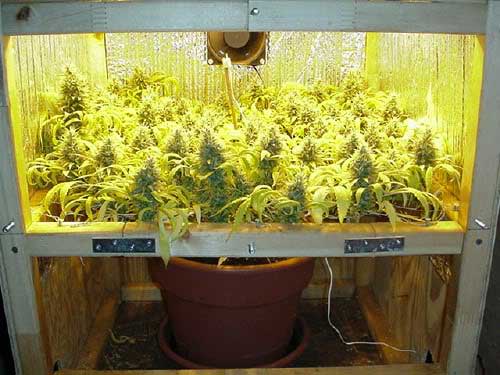
5.) Expose all buds to both light and a gentle breeze
Poor airflow around buds will prevent those buds from developing as dense as they could. In the wild cannabis is a wind-pollinated plant, and it only spends energy growing and fattening buds that are exposed to fresh air with a gentle breeze.
So make sure your buds are getting exposed to airflow. A small circulating fan works great to add more air movement to the grow space.
Air circulation & exhaust tutorial
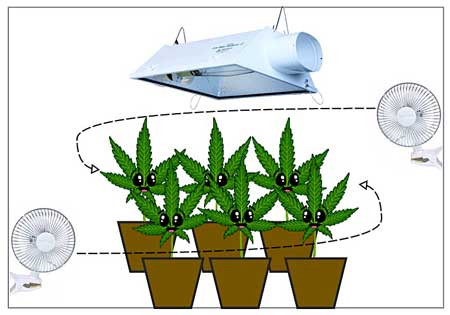
6.) Take care of roots
Under-watering, overwatering, and/or root problems (such as root rot or a too-small container) will hurt yields and prevent buds from getting as dense as they could be since the plant isn’t able to run at peak efficiency.
Roots "breathe" oxygen, so good root health involves giving just the right amount of water while maximizing the amount of oxygen available to the roots with air pockets.
So it's important to water plants properly and take good care of roots for dense buds. Your plants will thank you for it.
There are also a few popular root supplements to help care for your root health:
-
Botanicare Hydroguard <-- Highly recommended, especially for hydroponics to prevent root rot. I use this with every hydroponic grow from seed to harvest.
-
Seaweed Kelp Supplement <-- Helps roots resist and recover from heat damage. This is not to be used as nutrients - it's just a supplement that's great for root health.
-
Great White <-- Popular multi-purpose root health supplement for growing cannabis
7.) Control humidity
Indoor growers have a lot of options for controlling humidity in the grow space.
Outdoors, it's best to find a strain that is suitable to growing in your climate, and give plants cover when you know there's going to be bad weather coming soon. Protect outdoor plants from wind in dry weather. Protect buds from getting too wet in rainy weather.
8.) Supplements
I personally don't use these types of supplements so I can't recommend a particular one, but many growers swear by them. Some popular supplements for increasing cannabis yields include...
-
Floralicious Plus (by General Hydroponics)
-
Diamond Black (by General Organics)
-
Big Bud (by Advanced Nutrients)
9.) Harvest at the right time
When you harvest at the right time, you're giving your buds the time they need to develop to their fullest. Harvesting too early will lower your yields and you'll usually end up with more airy and less developed buds.
Harvest at the right time, every time!
An important tool for harvesting at the right time is a magnifier to look closely at buds, like a jeweler's loupe or (even better) a digital magnifier that displays the trichomes on a screen.
We took the above video using the Carson zOrb hooked up to a laptop. So far this seems to be the easiest accurate way to look at trichomes (and you can make the picture big so you're not squinting through a tiny jeweler's loupe :)
10.) Drying & curing
Proper drying and curing after harvest can help buds become slightly more dense, while also adding to better taste, smell, potency and bag appeal.
What you need:
-
Drying rack (optional) or string and creativity
-
Hygrometer (optional) - I like the Caliber III Hygrometer because it easily fits inside quart mason jars
-
Humidipaks (optional) - Boveda Medium 62% packs are cheap and specifically formulated for storing cannabis so it does not dry out or get crispy
Read the full drying & curing tutorial
Jump to...
Learn more about how to grow top-shelf buds
Plant training - topping & more!
How long does it take to grow weed?





